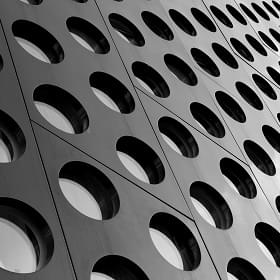Free webinar on Biofouling and Microbiologically Influenced Corrosion – theory meets practice
Growth on wet surfaces and the development of biofilms are well known in nature and in technical industrial systems. The bacteria in biofilm can cause damage to the material if microbiologically influenced corrosion (MIC ) is allowed to develop uncontrolled on surfaces.
This webinar includes two presentations that will address different ways of controlling biofouling and microbiologically influenced corrosion.
Docent and Project Manager Torben Lund Skovhus will describe the theory behind biofilm formation, provide examples of various corrosion mechanisms for bacteria in water systems, and describe how MIC is managed most effectively. Current examples will be included of a newly established sprinkler plant in a hospital and various offshore production facilities in the North Sea. Finally, a new approach to Failure Analysis (Root Cause Analysis) is presented where DNA-analysis is included, and MIC is the degradation mechanism.
Senior Project Consultant Matthias Graff of Danfoss will illustrate the corrosion risk connected with fouling and MIC and teach participants how to identify possible risks in their own systems. He will also give an overview on microorganisms that can cause corrosion. The term “biofilm” will be explained as well as the limitations for microbial life, i.e. formation of biofilm. Finally, several MIC case studies will be presented.
Target audience:
This webinar is intended for microbiologists and engineers with responsibility for developing, implementing and executing corrosion management activities, especially corrosion and materials engineers handling bulk liquids in e.g. the energy sector, water utilities and manufacturing.
The webinar will focus on substantial parts of presentatons recently held at VIA University College in Horsens, Denmark, and Alfa Laval in Lund, Sweden, but will not be identical.


